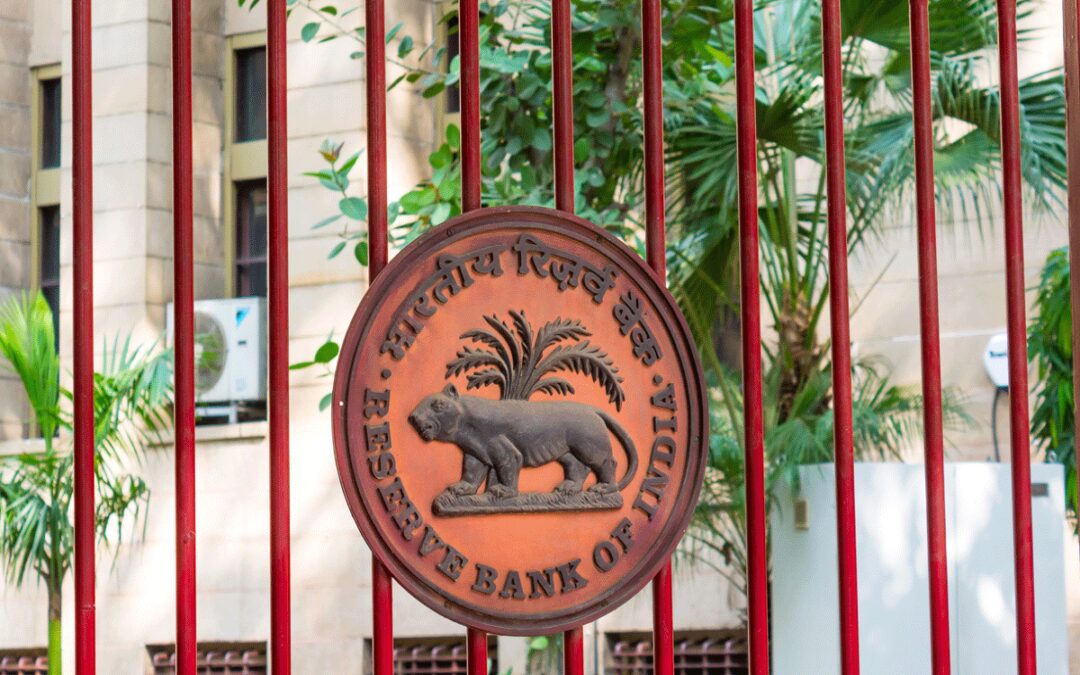The October RBI policy might have surprised the market with its dovish tone and stance change to neutral, but the change in RBI policy was already visible in its liquidity management. Indeed, since July 2024, interbank liquidity surplus has averaged ~INR1.2tn (0.5% of NDTL or deposits). The last time similar levels of surplus liquidity were seen was in June to August last year and the RBI responded by imposing incremental ICRR of 10%.
In contrast during the current phase of liquidity surplus, RBI has refrained from any strong liquidity absorbing measures. Persisting with VRRRs and VRRs to keep the weighted average call rate near the repo rate. The TREPS rate where maximum volume of transactions take place, has been averaging below the repo rate over the last few months.
The rise in liquidity surplus has been led by higher general government expenditure post the final budget. This is reflected by the reduction in general government cash surplus from peak levels of INR5.1tn May 24th 2024 to INR1.8tn surplus as of Oct 4th 2024. The surge in government cash surplus in May 2024 was due to RBI dividend which was substantial at INR2.1tn.
Another indication of RBI’s comfort with surplus liquidity condition is its FX intervention. In H1FY25, RBI net bought US$8.8bn of dollars, which represents infusion of Rupee liquidity. The quantum of purchase of dollars is much lower than last year (US$17.7bn in H1FY24). This is because balance of payments surplus in H1FY25 has reduced with widening trade deficit.
Since July 2024, RBI had started a small quantum of bond sales. This instrument is used both as a durable liquidity management tool as well as yield signal. The total quantum of sales from July 2024 till date is INR241bn. The monthly pace of OMO sales has slowed since August onwards, another sign of comfort on surplus liquidity conditions.
One of the possible factors for the change in liquidity management is moderation in inflation pressures. Headline CPI inflation eased to 5.4% in FY24 from 6.7% in FY23, led by moderation in core inflation pressures. In FY25, inflation is expected to ease to 4.5%, provided food inflation pressures ease.
Another factor for maintaining surplus liquidity conditions is the pressure on deposit mobilization. Since FY23 bank credit growth has outpaced deposit growth, resulting in credit-to-deposit ratio rising to 80%. Pre-Covid-19 the ratio of credit to deposit was 76%. One of the factors behind moderate deposit growth has been slowdown in reserve money growth. In FY24 reserve money growth slowed to 6.7% from 12.3% in FY22. In FY25, reserve money growth is tracking at 7.0% as of Oct 4th 2024, (adjusted for ICRR). RBI balance sheet size as % of GDP has moderated to 23.7% as of September 2024 from Covid-19 peak of 29.6% (December 2020). This indicates that RBI balance sheet has risen at a softer pace than nominal GDP. RBI balance sheet size as % of GDP is now close to pre-covid19 levels.
Looking ahead, system liquidity is expected to remain in surplus (on an average) in the remainder of FY25. This is despite expected rise in currency leakage in H2FY25, with the start of the festival season. Interbank liquidity surplus will be supported by rise in Balance of Payment surplus and government expenditure. Capital inflows are expected to rise in H2FY25, post the Fed rate cut cycle and JP morgan bond index inclusion. FPI inflows in central government bonds have risen since the announcement of India’s bond index inclusion (in September 2023). Over the last one-year (September 2023 to September 2024) FPI inflows into FAR g-secs was US$18bn. Actual Index inclusion has begun in June 2024 and will be spread-over 10 months. The monthly pace of inflows is tracking between US$2bn to US$3bn. Other capital inflows are expected to rise post the Fed rate cut such as FPI inflows into equity, FDI and ECB inflows. Indeed, a rise in FPI inflows was seen in September 2024 when the Fed rate cut cycle began. In the near-term there could be pressure on capital flows, especially volatile FPI equity flows due to geopolitical risk and China stimulus.
Given that this is a truncated year due to the General Election, it’s likely that the Central government fiscal deficit could undershoot fiscal deficit target of 4.9% of GDP. There was a decline in central government expenditure in Q1FY25 due to the General Election and, has picked-up pace since then. The Central government is also trying to utilize the cash surplus by restarting buybacks of central government bonds in October 2024. Both the rise in government expenditure as well as buybacks will infuse INR liquidity.
The monetary policy stance has been linked to the balance of risk facing growth-inflation outlook and delinked from liquidity conditions. The change to neutral stance in October (from withdrawal of accommodation) was driven by RBI gaining confidence that headline inflation will moderate from Q4FY25 onwards. This confidence was based on better distributed monsoon and rise in reservoir levels. The comfort on surplus liquidity conditions will persist under neutral policy stance. RBI is likely to continue with using VRR and VRRRs to keep the weighted average call rate near the repo rate. Strong measures to absorb liquidity on a durable basis are not expected.
(The author Gaura Sen Gupta is Chief Economist at IDFC FIRST Bank.)
(Disclaimer: Recommendations, suggestions, views, and opinions given by experts are their own. These do not represent the views of the Economic Times)










